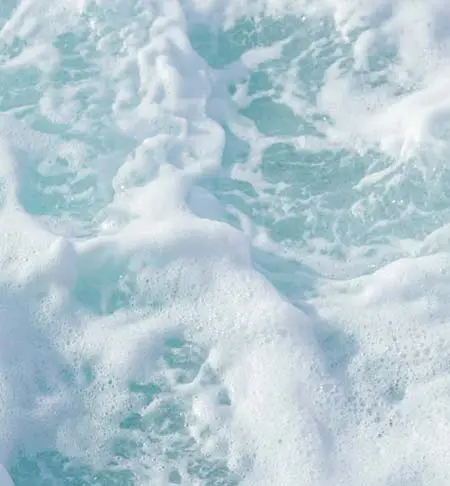According to their role, surfactants used in the coating industry can be classified into the following categories: emulsifiers, pigment surface treatment agents, pigment wetting dispersants, defoamers, leveling agents, antifungal agents, antistatic agents, gloss enhancers, and slip additives.
Antistatic surfactants inhibit the generation of static charges by leaking static charges through different channels or reducing the friction coefficient. Generally, they are required to have the following characteristics:
Significant antistatic effect
Long-lasting antistatic effect
Good miscibility with the film-forming substance
Do not affect other properties of the coating, such as not causing the film to yellow
The principle of the textile antistatic agent is: using its cationic surfactant properties to absorb moisture from the air, causing self-polarization and forming an extremely thin conductive layer on the surface, which constitutes a leakage channel for static electricity. Therefore, its effectiveness depends on its own structure and the relative humidity of the environment.

To use leveling agents to improve the leveling properties of coatings, the following two factors can be considered:
Choose surfactants that can reduce the surface tension of the coating/film, thereby greatly improving the leveling properties of the coating.
Choose solvents that evaporate slowly and can reduce the viscosity of the coating application, improve the fluidity of the coating, extend the leveling time, and achieve final leveling.